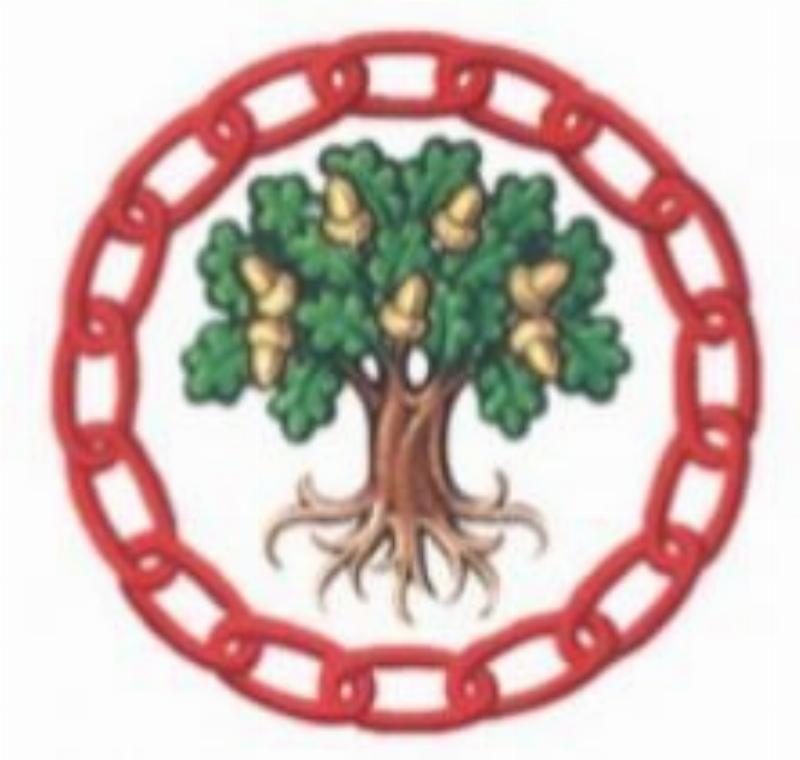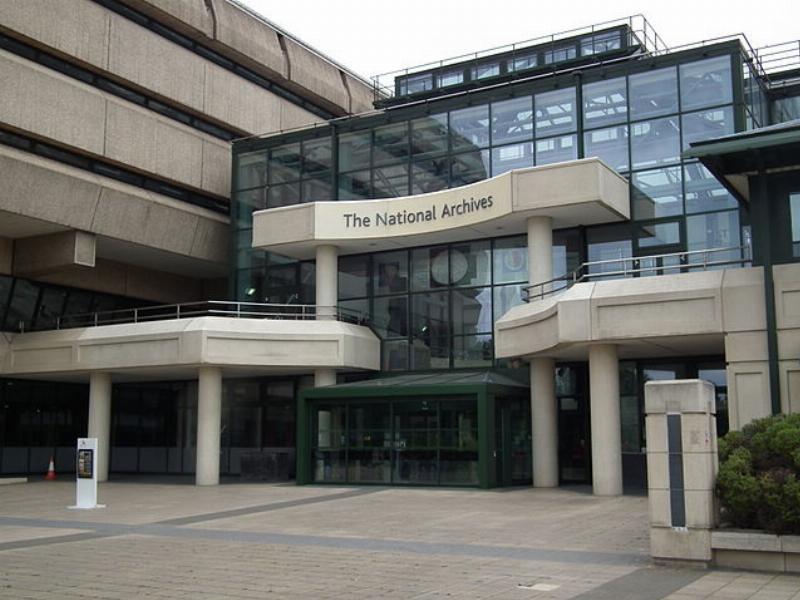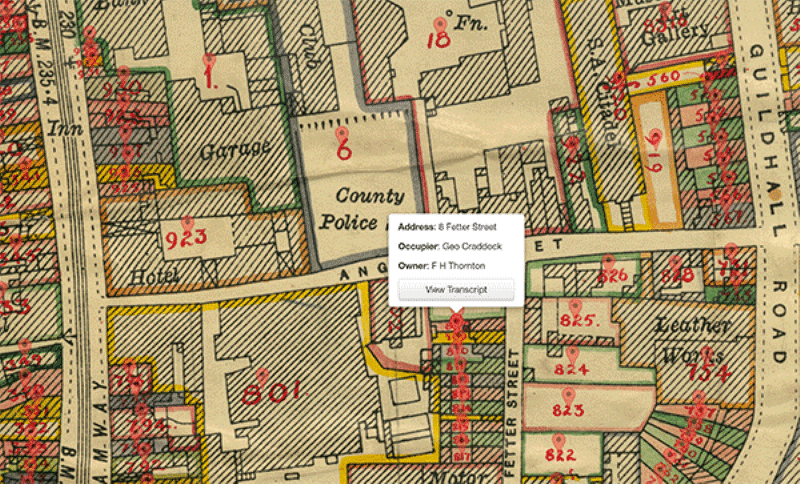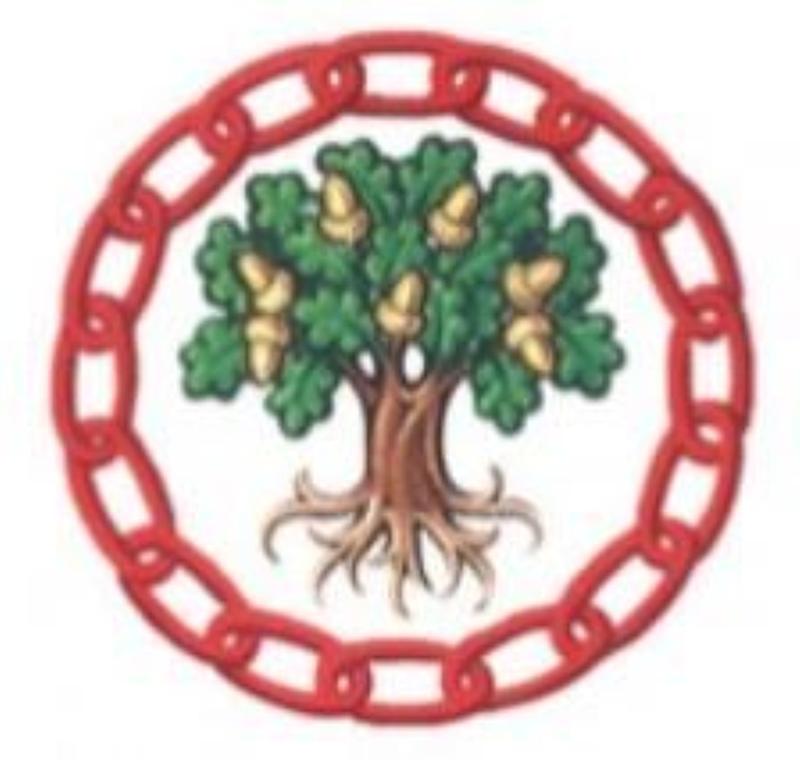See where your ancestors lived in 1861
Family history website TheGenealogist has announced today an exciting new feature as part of their powerful Map Explorer™ tool. For the first time, you can explore 1861 census records for England, Scotland and Wales seamlessly connected to contemporary maps with pins revealing the parish, thoroughfare, or even the very building where your ancestor lived. This enhancement adds a fascinating layer to your research and exploration.
Charles Dickens location in the 1861 census displayed on Map Explorer™
Family historians and house historians will now find it easier than ever to locate a person in the official population count from 1861. With one click, you can view a historic map with a pin indicating where a person was living in that year.
You can then go on to see the routes your ancestors would have used to visit shops, local pubs, churches, places of work, schools and parks. You can also find where the nearest railway station was, important for understanding how our ancestors could travel to other parts of the country to see relatives or visit their hometown.
The 1861 Census joins previously released 1871 to 1911 censuses and the 1939 Register, which are all linked to TheGenealogist’s innovative Map Explorer™. This means that with just the click of a button, you can travel in time through 7 decades of records to discover future occupants and see how an area changed.
Most of the Greater London area and other towns and cities can be viewed down to the property level, while other more rural parts of the country can be identified down to the parish, road or street.
Read TheGenealogist’s article: Where the Dickens Are They? to discover more and see an interesting case study:
https://www.thegenealogist.co.uk/featuredarticles/2024/where-the-dickens-are-they-7061/
Save Over 50% on our Diamond Personal Premium Package
To celebrate this latest release, TheGenealogist is offering its Diamond Personal Premium Package for only £98.95 a saving over 50%.
This offer includes a lifetime discount! Your subscription will renew at the same discounted price every year you stay with us.
To find out more and claim the offer, visit: https://www.thegenealogist.co.uk/MGBCEN224
This offer expires at the end of 23rd May 2024
About TheGenealogist
TheGenealogist is an award-winning online family history website, who put a wealth of information at the fingertips of family historians. Their approach is to bring hard to use physical records to life online with easy to use interfaces such as their Tithe and newly released Lloyd George Domesday collections.
TheGenealogist’s innovative SmartSearch technology links records together to help you find your ancestors more easily. TheGenealogist is one of the leading providers of online family history records. Along with the standard Birth, Marriage, Death and Census records, they also have significant collections of Parish and Nonconformist records, PCC Will Records, Irish Records, Military records, Occupations, Newspaper record collections amongst many others.
TheGenealogist uses the latest technology to help you bring your family history to life. Use TheGenealogist to find your ancestors today!




